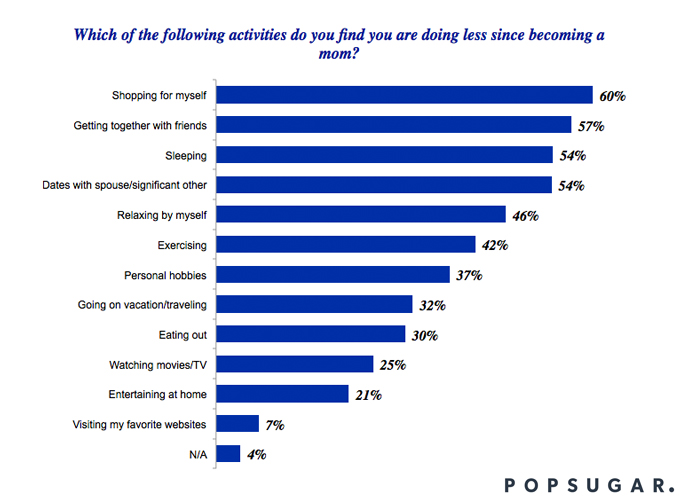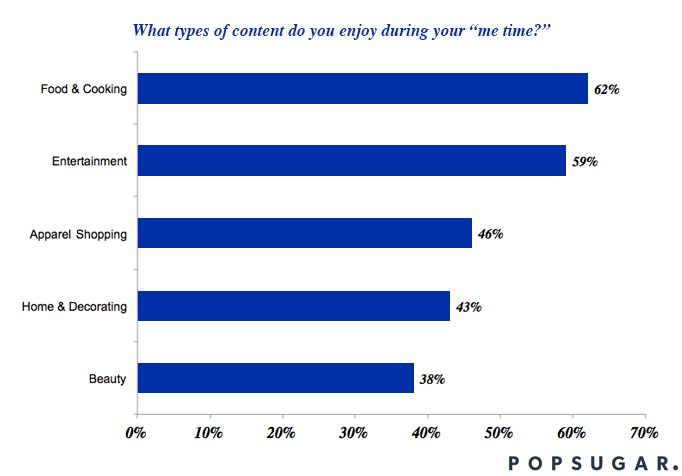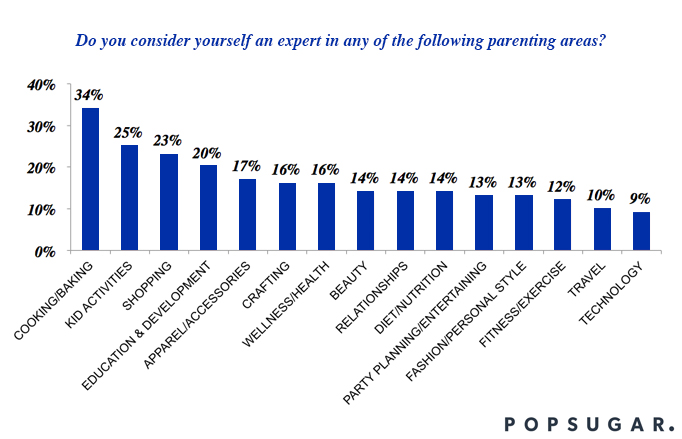Connect with execs from The New York Times, TIME, Dotdash Meredith and many more
When talking to millennial moms, should brands go ‘mom’ or ‘millennial?’ 5 charts explain.
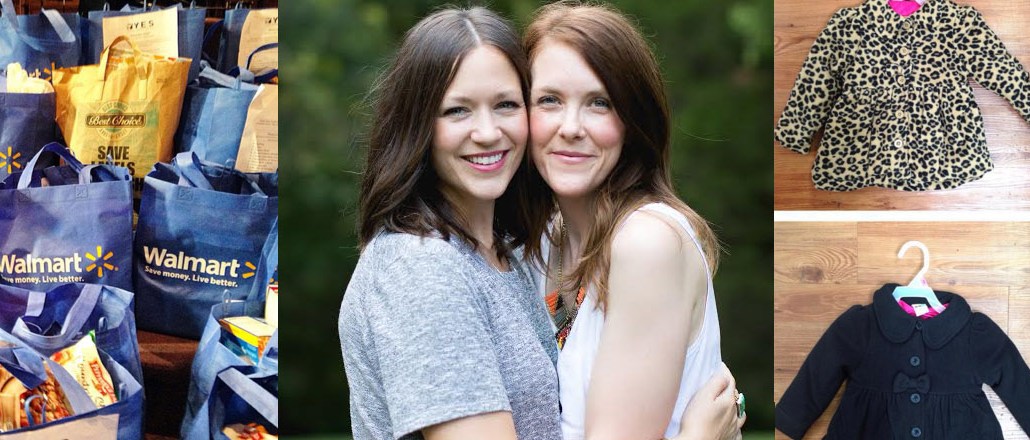
By Rob McLoughlin, VP, Consumer Research, POPSUGAR. For more on millennial women, visit POPSUGAR Insights.
Millennials and emerging social media apps have three things in common: they’re young, they’re shiny and marketers love them. But throw motherhood into the mix and platform strategies get muddled. Should brands work off the traditional “mom” playbook or mix it up with younger-skewing social apps?
POPSUGAR’s latest study of more than 800 women shows that young people with young people of their own have distinct needs and platform preferences than their peers. Brands that crack that code untie $200 billion in purchasing power.
Apples not so far from the tree
That being said, millennial moms are not so different than… their moms. The trappings of 21st century life are different, but the inner lives are the same. These are new moms—83 percent of first-born children are born to millennial mothers—with all the new mom challenges: They’re putting themselves second for the first time in their lives, and they’re wondering if anything they do is “good enough.”
“The number one feeling that mothers feel more intensely than any other is deep-seeded doubt about how they’re doing as a mother,” said Lauren Fitzgerald, managing director of Richmond VA-based consultancy, The Mom Complex.
Indeed, only 40 percent of our respondents felt they were “the best moms they could be.” Brands that understand that vulnerability are much more likely to give mothers what they really need, whether it’s a good laugh or a good deal.
Digital time is “me-time”
Our study showed 71 percent of millennial mothers want to live a well-balanced life, but finding “me-time” is difficult. Where moms of generations past might have indulged via a daytime soap opera, millennial moms turn to digital to clear their psychic space. 35 percent of study respondents said they watch at least one online video per day, while 48 percent said apps (1-3 downloads per month) is their preferred past time.
Digital, however, is also the place moms turn to find the practical information all generations have needed— advice on fostering families’ well being, spending wisely and finding solutions for everyday challenges.
Millennial moms are open to branded content
This is where brands have the best opportunity to connect with millennial mothers—by lightening their load and helping them be their best selves. Branded content is a good fit here: Respondents most preferred ads that blend with their surroundings or offer coupons or expert information.
But that content has to strike the right tone.
“We see a lot of idealized images of mothers with their white teeth and the white sheets and their white outfits, and everything is always picked up and it’s orderly and perfect,” Fitzgerald says. “No moms connect with that because that does not reflect the way they feel about themselves or the lives that they live.”
Millennial moms don’t have time for Periscope
Despite their overwhelming choice of platforms, Millennial moms are sticking with the big four social media platforms, according to our study: Facebook, Instagram, YouTube and Twitter. Moms are receptive to brand messaging here too. 57 percent of our respondents said they follow brands on social media. 82 said they did so on Facebook, specifically.

These more established social platforms fill needs once fulfilled by traditional media such as TV, print magazines and radio for Gen X and Boomers. But there could be another reason: Peer-to-peer sharing is easiest on the biggest, most established platforms and busy moms want the biggest return on their time investment.
Conversely, the buzzy social networks agencies and brands like to experiment with don’t have traction…yet. Periscope trails the big four by a large margin; Snapchat’s penetration is also shallow.

Social influencer Bethany Halford, 32, confirms the data, saying her 48,000 strong Instagram channel is by far her strongest. The stay-at-home mother of two co-created “Whoa. Wait. Walmart?” with friend Amanda Jerkins as a way to showcase their big box finds. They also run a Tumblr blog and have a Facebook presence.
“We want to be really good at what our audience wants us to be good at,” Halford said. Snapchat and Periscope don’t have a large audience yet, she said, and it presents challenges for the creators.“Doing videos on the go is challenging. It’s overwhelming to stop and do a video of me running through Walmart when I’m with my kids.”
Still, this segment is not a monolith. “A 22-year-old is very different from a 32-year-old,” said Fitzgerald. While older millennial moms (31-35) are into Facebook and Instagram, younger millennial moms (18-30) are more likely to use Snapchat and Tumblr.
For more data points on Millennial Mothers, check out POPSUGAR Insights.
*Photo credits: Amanda Jerkins, Stephen Jerkins, Bethany Halford
More from Digiday

In Graphic Detail: Inside the state of the creator economy industrial complex
The creator economy might have started out as an alternative to traditional media, but is becoming more and more like it as it professionalizes.

Ad Tech Briefing: How ad tech underpins the fate of Madison Avenue’s ‘Wedding of the Year’
The ‘brand safety’ debate is threatening to derail the IPG-Omnicom merger, while questions are raised on the integration of Annalect and Acxiom.
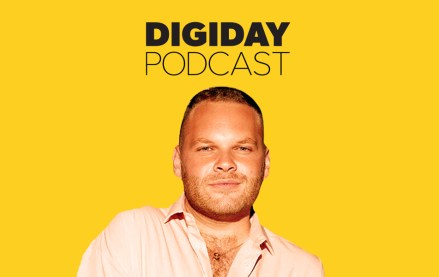
‘Embrace your chaos’: How creator Brandon Edelman is trying to plan for the future
While creators are now key to marketing budgets, their longevity in the fast-paced digital world is a pressing concern. This episode explores how TikToker Brandon Edelman is navigating that challenge, building a sustainable career by diversifying his content and focusing on brand partnerships.
